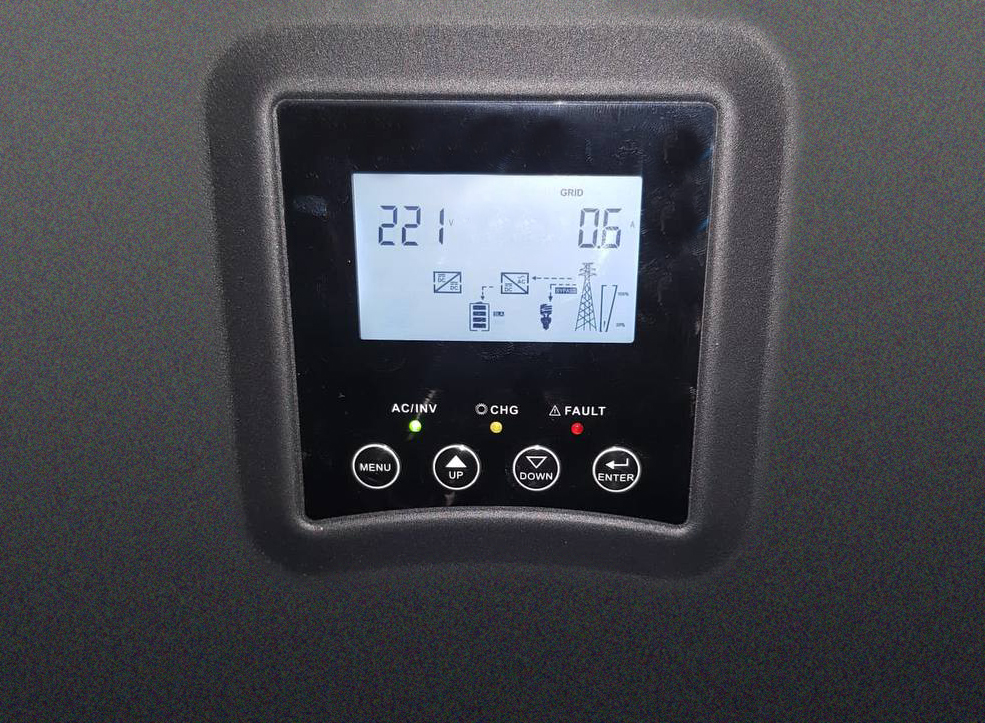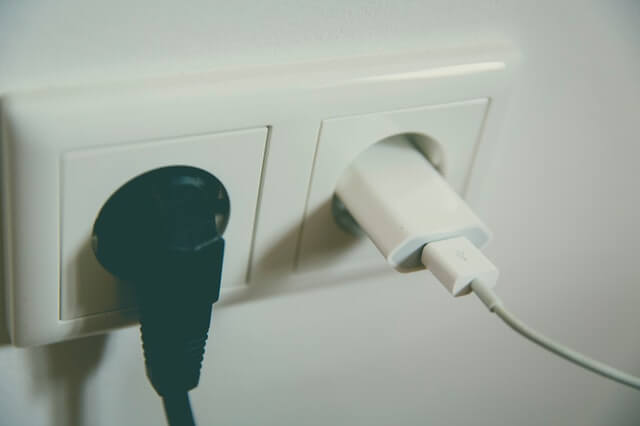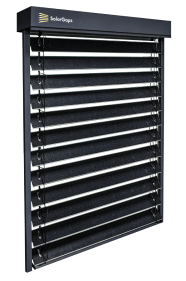8 Steps to Cut Your Electricity Bill in Half
Among other things, the pandemic has significantly impacted individual electricity bills. Since most companies have shifted from traditional offices to the comfort of home, so did our energy use. Now, more than ever, we realize how much power we consume daily and its impact on the environment.
Good news: it’s not too late to reverse the situation! In this article, we offer eight creative steps you can take to cut your bill in half. In addition to savings due to energy efficiency, you will also save the planet by reducing your carbon footprint!
Shift your schedule to match the daytime. You may have heard that turning off the light when leaving the room is very energy-efficient. But let’s go even further. Why not reduce luminescence use in the first place? The earlier you go to bed, the less light you will need. Consider doing all of your business in sunlight so you won’t need to keep the desk lamp on for the entire night. Don’t waste the sunshine – turn your desk to the window!
1. Take advantage of free renewable energy. There are so many innovative ways to incorporate eco-friendly solar panels into your household to cut your electricity use. At first, switching to renewable energy might seem like a significant investment. But really, start with smaller steps like power banks with solar batteries and slowly yet steady move towards rooftop solar panels. These short-term expenses are making a long-term difference in our electricity consumption.

2. Mind your laundry. Before loading your laundry, think about what clothes you are washing. Maybe you don’t necessarily need to turn the water temperature and washing time so high: for most fabrics, the eco-mode is perfectly fine. Also, to reduce your electricity consumption, line dry your laundry. Dryers are extremely energy-consuming: one load can take up to 5000 watts. For comparison, an average TV needs between 60 to 150 watts per hour.
3. Cover the holes. Over time even the most energy-efficient electrical cooling and heating systems can wear out and leak. To ensure the best performance, load up with insulation tape, outlet sealers, and wrap all the potential leaking areas. In addition to that, insulate the walls, windows, and doors to prevent the outside heat or cold from entering your house. Trust me: this seemingly small step can save you so much money.

5. Install ceiling fans. Many of us have learned it the hard way: the HVAC system is one of the biggest electricity consumers in a household by far. On top of lowering air conditioner use and switching it off whenever possible, many thrifty individuals fell in love with ceiling fans. Those low-budget devices are doing a great job at circulating the air throughout the house, thus helping the cooling system work better or even replacing this energy monster, aka air conditioner.
6. Lower the heat. Similar to the cooling system in the summer, heaters are sucking money out of our pockets in the winter. So lowering the heating temperature for mere few degrees will cut your electricity cost without you even noticing. Arm with cozy sweaters, learn to layer clothes properly (quite a fashion trend nowadays!), get some thermal underwear, a nice blanket, and you are ready to go even more degree down. Of course, don’t forget about eco-mode when you leave your house.

7. Unplug your devices. Plugged gadgets use electric power even when turned off. Remember that pressing the off button on the remote control does not necessarily mean that the TV stops using electricity: as studies have shown, up to 75% of an individual’s energy use is caused by electronics being off. So those of you who are unwilling to pay for nothing should consider utilizing power strips or simply unplugging any devices when not in use.
8. Plant trees! Photosynthesizing friends are great at compensating your carbon footprint, but taking aside the environmental concerns, have you ever realized the potential of natural landscaping? We put so much effort into optimizing our houses from inside, forgetting that for centuries the best shied from heat and wind have been good old tree shadows. Placing plants to shade your home naturally insulates it and saves energy on heating and cooling.
We don’t expect you to rush to the hardware store and try all the lifehacks immediately after reading this article. Still, we hope that this information will give you an insight into where all the electricity actually goes. If we all take small steps to reduce our environmental footprint and make choices in favor of an eco-friendly lifestyle, we will make a massive impact on the planet. The only rule is to start today!
